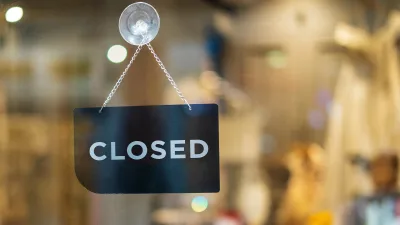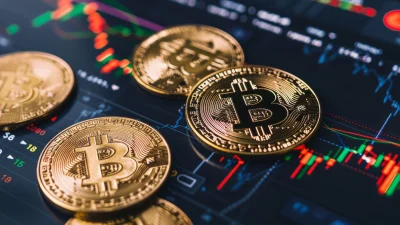Social infrastructure investment enters mainstream



The growing population combined with changing needs have driven up ongoing investment in social infrastructure in Australia, according to ARENA REIT’s managing director, Robe de Vos.
During the Property Funds Association (PFA) conference in Hobart, he said that this market sector has become particularly attractive to investors as ageing population would result in fewer tax payers which would, in turn, create more challenges for government funding while opening up new opportunities for private investors.
“Social infrastructure is still considered alternative but when you look at the investment required over the next 20 years it may eventually be considered a core real estate asset class,” he said.
“As a country Australia is still not seeing how big the social infrastructure sector can be.”
According to de Vos, investors began to realise this property asset class benefitted from strong macroeconomic themes which required physical assets for a long time, meaning the obsolescence risk was low.
Also, social infrastructure investments, such as early learning assets, offered long-term value as they typically had long term triple net leases where the rental income was linked to CPI as opposed to traditional assets such as retail, which was probe to disruptions from online shopping.
“The private sector has a huge role to play in creating more places, which will bring more opportunities to investors – whether via a pure private investment or via public private partnerships,” de Vos said.
Recommended for you
LGT Wealth Management is maintaining a neutral stance on US equities going into 2026 as it is worried whether the hype around AI euphoria will continue.
Tyndall Asset Management is to close down the Tyndall brand and launch a newly-branded affiliate following a “material change” to its client base.
First Sentier has launched its second active ETF, offering advisers an ETF version of its Ex-20 Australian Share strategy.
BlackRock has revealed that its iShares bitcoin ETF suite has now become the firm’s most profitable product line following the launch of its Australian bitcoin ETF last month.











